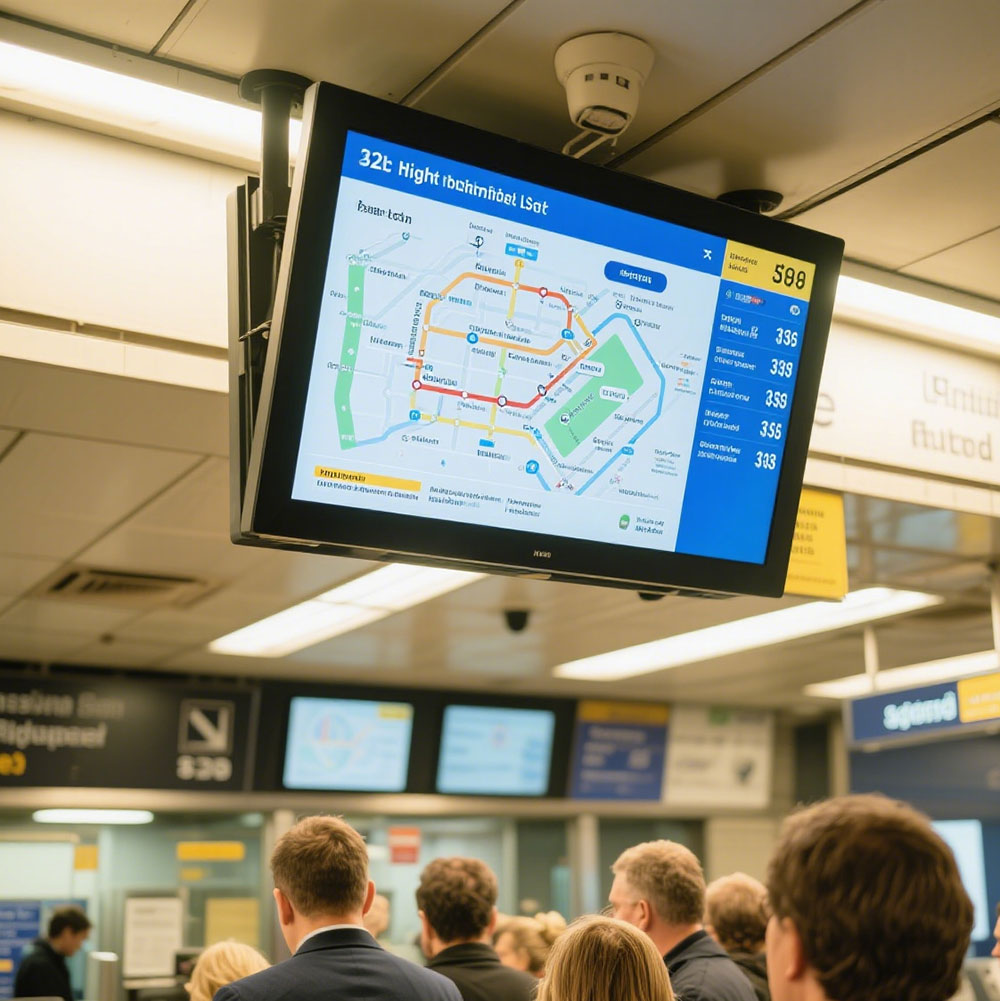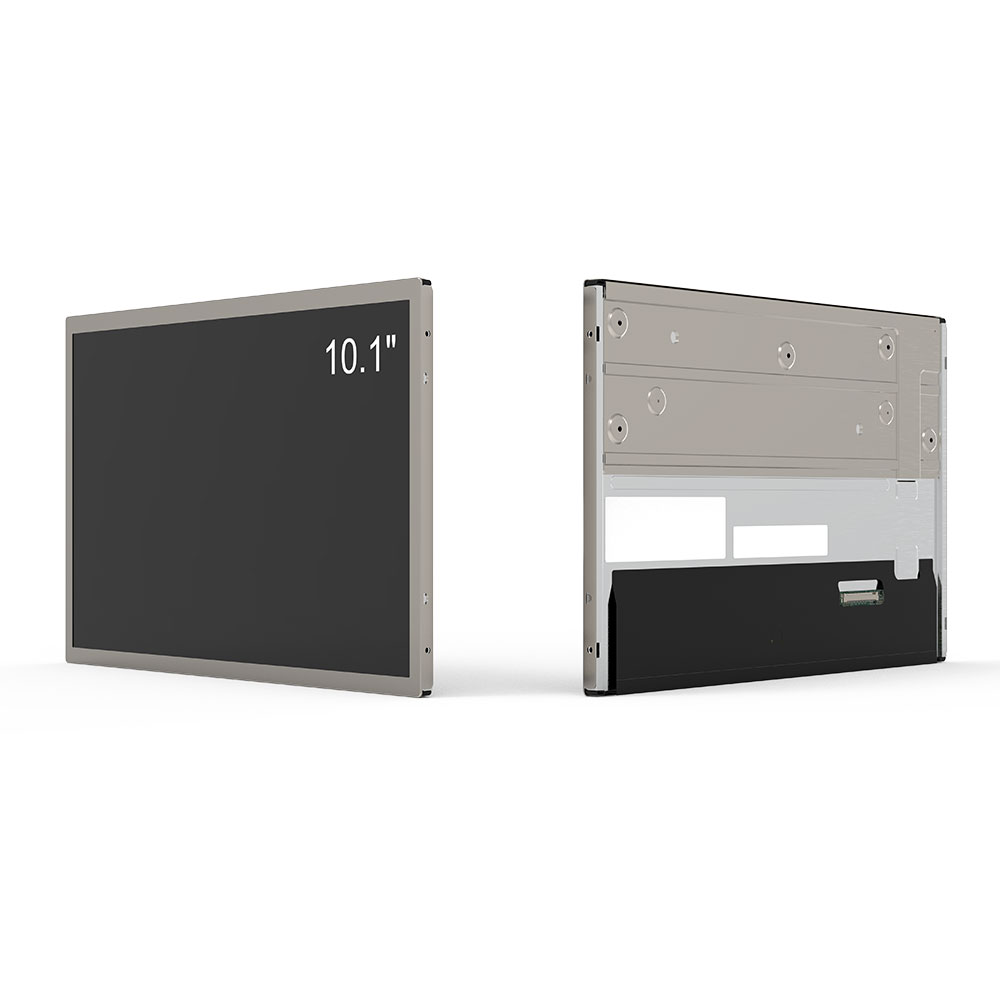When designing or deploying outdoor LCD screens—whether for digital signage, transportation displays, or public safety applications—the key to performance lies in achieving sufficient brightness while maintaining energy efficiency, durability, and visual clarity under varying environmental conditions. According to the Society of Motion Picture and Television Engineers (SMPTE), outdoor displays must typically achieve a minimum brightness of 5,000 nits to remain visible under direct sunlight, which is approximately 10 times brighter than standard indoor displays (which usually operate at 300–500 nits). This requirement stems from the fact that ambient light levels in outdoor environments can exceed 10,000 lux during peak daylight hours, necessitating high luminance to preserve contrast and readability.
The industry-standard solution involves using high-brightness LED-backlit LCD panels with anti-glare coatings and wide viewing angles (typically 178° horizontal and vertical). Manufacturers like LG, Samsung, and Sharp have developed specialized outdoor-grade panels such as LG’s “Outdoor Display Series” and Samsung’s “NeoView” technology, which incorporate adaptive brightness control algorithms that dynamically adjust screen output based on real-time ambient light sensors. These systems reduce power consumption by up to 40% during low-light periods without compromising visibility.

Moreover, IP65 or higher ingress protection ratings are mandatory for outdoor LCDs to ensure resistance against dust, rain, and extreme temperature fluctuations (typically -20°C to +60°C). The International Electrotechnical Commission (IEC) standard IEC 60529 outlines these requirements, making them essential for long-term reliability in harsh climates—from Dubai’s desert heat to Nordic winter conditions.

Case studies from major cities like London, Tokyo, and Singapore show that well-engineered outdoor LCDs not only enhance user engagement but also reduce maintenance costs by over 30% when deployed with proper thermal management systems, such as passive heatsinks and smart fan controls. For example, a 2023 deployment at Shinjuku Station in Tokyo used 7,000-nit OLED-based outdoor displays integrated with solar-powered backup systems, resulting in a 98% uptime over a 12-month period.
In conclusion, successful outdoor LCD implementation requires adherence to brightness standards (minimum 5,000 nits), robust environmental protection (IP65+), and intelligent power management. These technical foundations ensure both operational longevity and optimal visual impact across diverse global markets.







